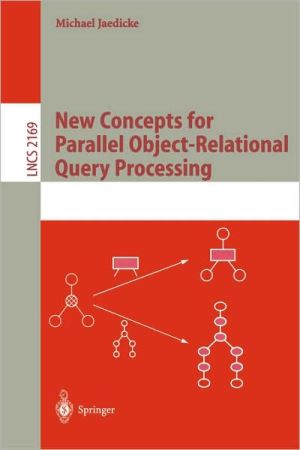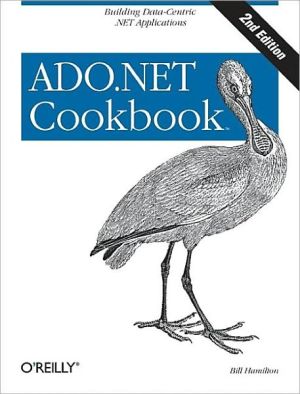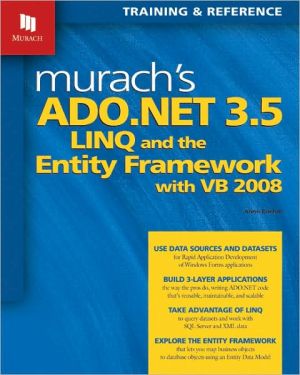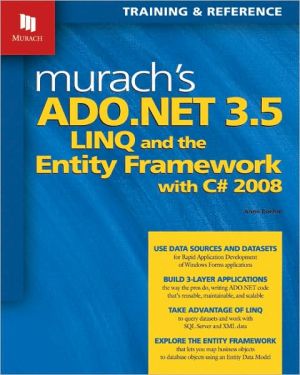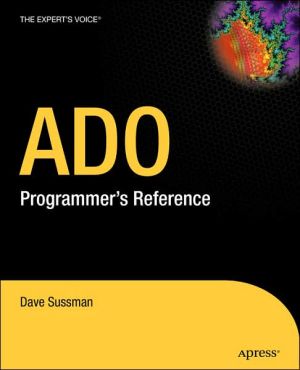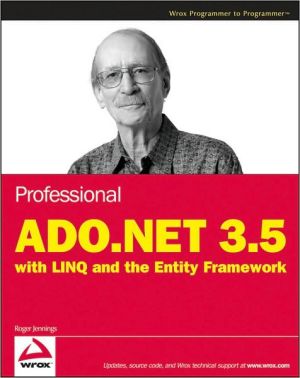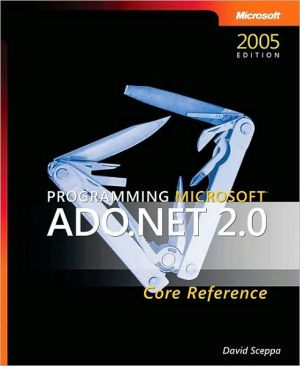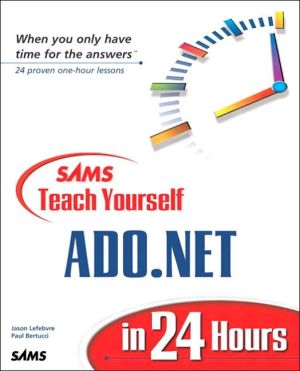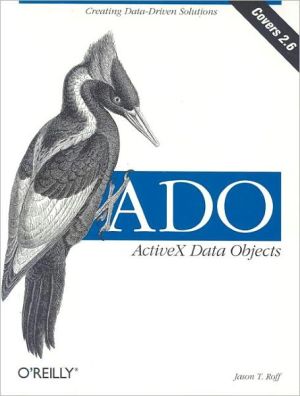New Concepts for Parallel Object-Relational Query Processing
During the last few years, parallel object-relational database management systems have emerged as the leading data management technology on the market. These systems are extensible by user-defined data types and user-defined functionality for the data.\ This work focuses on the efficient parallel execution of user-defined functionality. The main contributions describe techniques to support data parallelism for user-defined scalar and aggregate functions and intra-function parallelism for the...
Search in google:
During the last few years, parallel object-relational database management systems have emerged as the leading data management technology on the market. These systems are extensible by user-defined data types and user-defined functionality for the data. This work focuses on the efficient parallel execution of user-defined functionality. The main contributions describe techniques to support data parallelism for user-defined scalar and aggregate functions and intra-function parallelism for the execution of a scalar function on a large object, and a new technology to provide extensibility with regard to new set-oriented database operations that can efficiently implement user-defined functionality in parallel object-relational database management systems.
Ch. 1IntroductionORDBMS: The Next Great Wave1Extensible DBMS2Ch. 2Background on User-Defined RoutinesUser-Defined Routines5Definition, Implementation, and Execution of New UDR6User-Defined Scalar Functions7User-Defined Aggregate Functions9User-Defined Table Functions10User-Defined Functions and Large Objects11Comparison with Stored Procedures12Optimization of Queries with UDF12Ch. 3Parallel Processing of User-Defined FunctionsLimits of Current ORDBMS15Parallel Processing of UDF17Two Step Parallel Aggregation of UDAF17Partitioning Classes and Partitionable Functions18Parallel Sorting as a Preprocessing Step for UDAF21Extended Syntax for Function Registration22Example Applications24The UDAF MostöFrequent24The UDAF RunningöAverage25The UDAF Median25Further Applications26Plausibility Considerations Regarding Performance28Ch. 4Intra-function ParallelismCompose/Decompose Operators for Intra-function Parallelism34Compose/Decompose Operators34Extensibility of Compose Operators by Combine Functions36Application of Intra-function Parallelism37Intra-function Parallelism for Function Pipelines38Experimental Performance Study39Experimental Scenario and Implementation39Performance Results41Ch. 5The Multi-operator MethodPerformance Problems with Complex UDF in Current ORDBMS46The PBSM Algorithm as a Sophisticated UDP Implementation47The Multi-operator Method as a New Technique to Implement Complex UDF49The Multi-operator Method and Its Benefits49A Multi-operator Implementation of the PBSM Algorithm51Supporting the Multi-operator Method53Executing Query Execution Plans53Example for a Textual Specification of Query Execution Plans55Parallel Evaluation55Performance Evaluation56Experimental Scenario56Performance Results62Ch. 6User-Defined Table OperatorsUser-Defined Table Operators68A Generalization Relationship for Row Types68Defining and Implementing UDTO69The Different Usages of the UDTO Concept74Parallel Processing of Procedural UDTO77Extension to Multiple Output Tables80Example Applications for UDTO81Computing a Spatial Join81Different UDTO for the Same Predicate85Computing the Median: An Aggregation Operator89A UDTO for a Complex Aggregation90Association Rule Mining94Ch. 7Implementation of UDTOThe MIDAS Prototype106Architectural Overview107Query Compilation and Execution108The MIDAS System Tables111UDSF in MIDAS112Implementation of SQL Macros113DDL Statements113SQL Macro Expansion in DML Statements115Expanding SQL Macros in Preprocessors and Middleware116Implementation of Procedural UDTO123Extensions to the SQL Compiler123Extensions to the Optimizer and the Parallelizer125Extensions to the Scheduler126Extensions to the Execution Engine126Extensions to Transaction Management128Implementation of Input and Output Tables131Optimization Issues for UDTO134UDTO and Implied Predicates134Estimating Costs and Selectivity of UDTO135Application of Traditional Optimization Rules137Using UDTO to Generate Alternative Execution Plans for UDF138Evaluation of the Implementation139Evaluation of SQL Macros140Evaluation of Procedural UDTO142Ch. 8Summary, Conclusions, and Future WorkReferences151A.1The Program sequentialöinvert157A.2The Program parallelöinvert158A.3The Query Execution Plan for the Spatial Join with SQL Macro159
